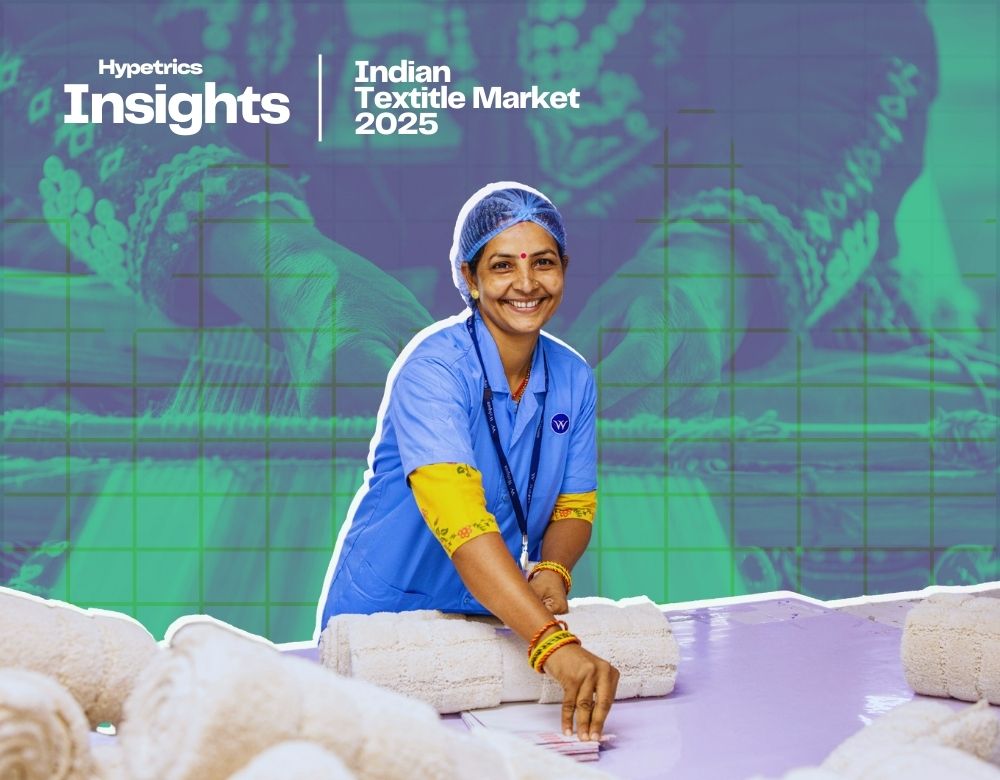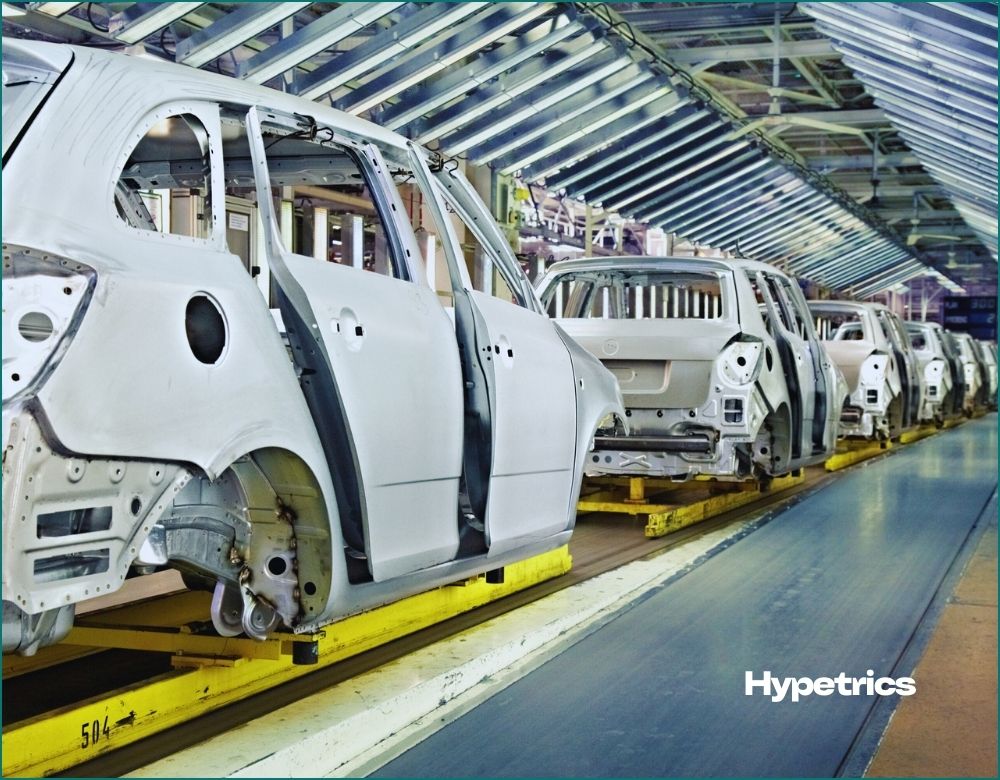The textile industry has been a crucial backbone of the Indian economy long since it contributes majorly to the production, employment, and export of the nation. The industry is well known as a connoisseur of fabrics and crafts, and a significant shift is made in 2025 through policy change, sustainability, and global supply chains. The Indian textile market has both opportunities and restrictions as it moves forward in its quest to establish its world brand status as it responds to increasing domestic demand. This article describes the market specifics referring to the latest facts and tendencies.
Market Size and Growth:
In 2025, the development of the textile and apparel industry in India will have grown. The estimated industry size is approximately $225 billion, and this is an increase in comparison to about $165 billion recorded in 2022, indicating a compound annual growth rate of approximately 10-12%. The major share belongs to the domestic market, which is supported by the growing incomes, urbanisation, and changes which take place in fashion. Export has also gathered pace due to government incentives and strategic efforts to exploit the foreign markets, especially with Western states moving out of China and Bangladesh sourcing.
Export Performance
India experienced an over 7% growth in textile and apparel exports in 2025, and the general export to the country is likely to surpass better elements of $45 billion before the year runs out. The major growing forces are readymade garments, cotton textiles and man-made fibre products. This can be attributed to the changes in global supply chains where purchasers are availing substitutes to China and Bangladesh, as well as through trade agreements, such as the India-UK FTA, and tariff reductions.
Technological Advancements and Sustainability
The Indian textile industry has become more technology and sustainability-oriented. Manufacturers are turning to automation, AI and IoT-connected machinery, and digital fabric printing in an attempt to increase production and the overall level of customisation. The soaring digital textile printing is over 10% yearly; e-commerce and quick fashion are the subject of its advances. Sustainable activities such as the adoption of organic cotton, the use of recycled fabric and dyes, recyclable cotton and zero liquid discharge operations are also picking up as people demand greener options.
E-Commerce and Changing Consumer Trends
E-commerce has turned out to be a major growth maker for the textile industry. Online avenues have opened doors to market access to even conventional textile players in addition to direct-to-consumer (D2C) brands. In 2025, the e-commerce industry in India is estimated to reach close to $160 billion, and apparel/textiles will constitute a large part of it. The emergence of e-commerce has backed unique segments such as athleisure, fusion wear, and sustainable fashion, which are the result of evolving fashion preferences of young and urban customers.
Employment and Social Impact
The textile industry continues to be a major employer in India and directly employs about 45 million and indirectly about 105 million, with allied sensitivities such as cotton production, spinning, dyeing, and supply chain enterprises. The sector is highly notable in the rural and semi-urban areas, since it sustains livelihoods and empowers women to enter the labour market. The fact that the textile industry is playing an important role in the social environment is evidenced by the current efforts to create initiatives to develop skills and cluster-based manufacturing in 2025.
Government Initiatives and Support
The development of the textile industry in the year 2025 is supported by some government programs. Production Linked Incentive (PLI) scheme with an outlay of 10,683 crore has ensured huge investments in man-made fibres and technical textiles that led to thousands of new jobs. The PM MITRA parks- Seven mega textile parks which will be built at various state locations- are supposed to use integrated infrastructure, cost-effective logistics, and also enhance greater value chain efficiency. The modernisation of the sector is also being done through Tariff reforms, upgrade of the technology and encouragement of start-ups in the field of technical textiles.
Challenges Facing the Industry
The Indian textile industry has several challenges despite its increased growth. The contribution of India to the global share of textile exports is relatively low and is only 3%, which is a very low figure considering top leaders such as China and Bangladesh. The sector is faced with high costs of inputs, old equipment in certain agglomerations, ruptured supply chains, and problems with compliance with environmental standards. A shortage of infrastructure and excessive amounts of time lost to the customs and certification procedures contribute to inefficiency in operations. It will be imperative to deal with these issues to unlock the full potential of the sector.
Outlook for the Future
The future of the Indian textile industry in 2025 is positive, but it needs continuous effort. Given its favourable government policies, the growing global demand, and the continually rising interest in technologies and sustainability, the sector has every chance to continue its expansion. It is estimated that India may easily target textile exports of up to $65 billion or higher by FY 2026 with future reforms and the improvement of infrastructure. This will require strengthening of domestic manufacturing, verticalization of technical textiles, enhancing conditions of doing business, and investing in green technology to make India a major player in the world textiles market.
In the year 2025, the textile industry of India is in a time of dynamism. The historical unification of advantages, the support of the state, and the modernised achievements produce a new era of progress and the integration into the world market. To move forward, and to accelerate this transformation, the industry will have to eradicate the structural shortcomings and embrace efficiencies, scalability and sustainability at scale. Recently, in the case of success, the Indian textile industry has the possibility of becoming a giant in the real world in future.














